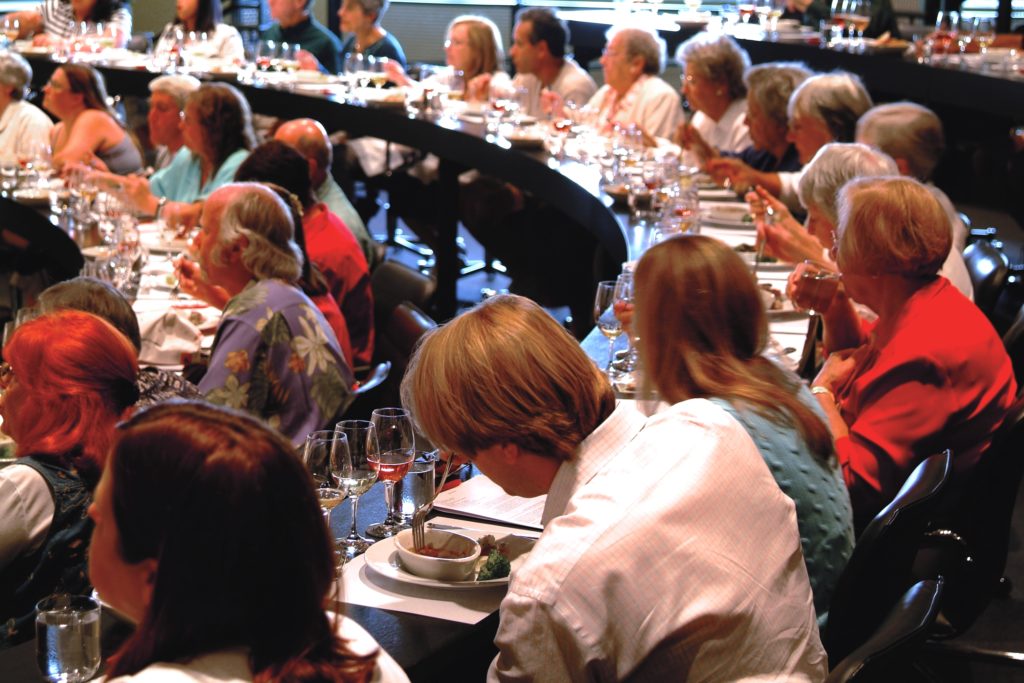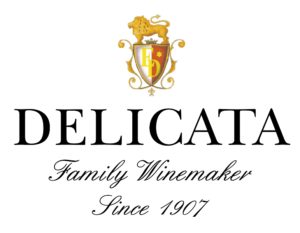Nothing but the Whole Wine
So many people have been made to believe by the virtues of noses and egos of famous wine critics and other characters in the wine trade that the only way to appreciate wine is through a reductionist search for certain distinct characteristics.
If you’re a wine enthusiast who’s attended the odd wine tasting session, you probably know what I mean. I’m referring to that awkward moment when you feel lost without a clue because the person stood in front of you like a wine oracle is pontificating wine wisdom from on high.
You don’t get it. Why is there a need to try and recognise a dozen different and unfamiliar fruits (gooseberries are a recurring favourite) and other worldly aromas (think sweaty saddle leather) in your drop of wine?
What wine specialists busy preaching tend to forget is that the same wine lovers they are talking to are probably gathered there listening to them because they first and foremost enjoy wine for what it is: a tasty drink they got into without any presumptions.
Couldn’t it be that the more we, the wine merchants and writers dealing in tasting notes, try to dismember and tag the components of the mystery in the glass, the likelier we become spoilsports of the source of pure hedonistic joy?
To what extent do we silence the muse in a glass of wine by wanting others to analyse it?
The more I read and hear pompous and verbose wine talk, the more persuaded I become of the fact that the harder you try to excel in selecting and discriminating the various elements in the taste of a wine, the more you risk being overly diagnostic about it. The combined effect of all these components – what ‘normal’ drinkers simply appreciate as pure pleasure – might become lost.

Winespeak at tastings should not spoil your pleasure.
Here I’m voicing the old adage that to dissect is to destroy, to which there’s some truth. Wine is one of the most natural products and we should celebrate wine for itself, not for what the beverage approximates in winespeak.
A trilling bottle, regardless of its price tag and presentation, is often a wine which is hard to analyse, precisely because some of its aromas and flavours are unusual and intellectually challenging; they fall between the categorical cracks of teaching.
One should never fail to notice the composite and complex experience including all what doesn’t fall neatly into familiar categories. For it’s this that makes a wine unique and drinking it all the more exciting.
So few people nowadays are being encouraged to taste a wine in context: for where it came from, what it expresses, how it enhances food and interacts with the real world and you, the taster.
Whilst I might not have created a jungle of longwinded tasting notes for you to hack through, I must beat my chest, for I too have at times sinned through my own fault by using fancy and ornate metaphors where simpler words would have done.
My advice – and I’m in the first place soliloquizing but also offering it to colleagues and every true wine lover – is to use only references that are meaningful, if not to others at least to oneself.
Talk about how Sauvignon Blanc is reminiscent of gooseberry flavours, by all means, but not unless you have tasted the real berries yourself. Refer to the smell of wet saddle leather in Shiraz, certainly, but only if your own nostrils have been impregnated with it whilst riding.
Give wine its due consideration. However, don’t pigeonhole a wine into the confines of the tasting lexicon. First and foremost indulge in the whole wonder found underneath each cork!
This article by Georges Meekers appeared first in the Times of Malta, 13 January 2017.

